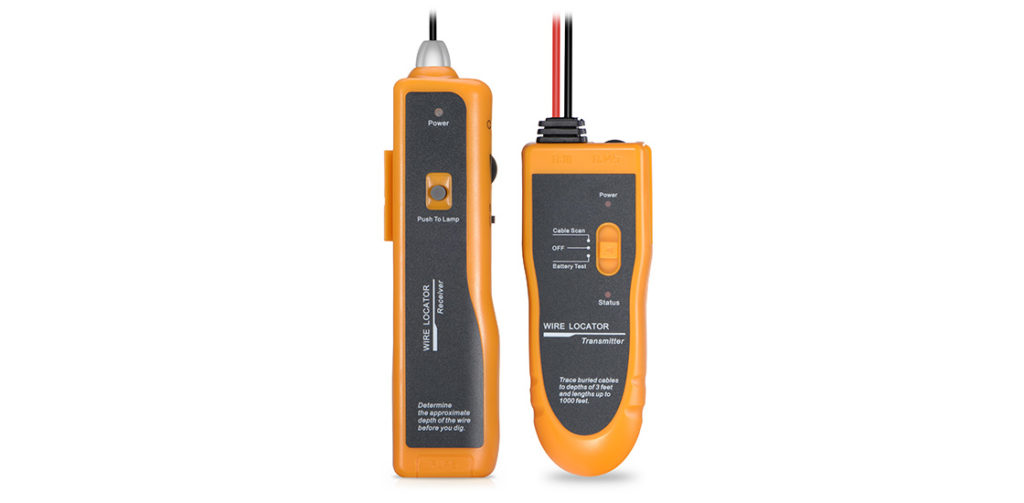If you have never done cable splicing and are just beginning to build your fiber optic link, it is recommended to start out with our fiber splicing kit, which is a great starting point for your fiber installation.
Optical fiber fusion splicing always requires that the fiber tips have a smooth end face that is perpendicular to the fiber axis. The cleave quality is very important in determining the fusion splicing loss. This is especially true for specialty fibers such as erbium-doped fibers and dispersion-compensating fibers.
Fiber optic cleaving is the process to scribe and break an optical fiber endface. Fiber optic technicians need some training in order to gain the skills necessary for best possible results.
The goal of fiber cleaving is to produce a mirror like fiber endface for fiber splicing – either fusion splicing or mechanical fiber splicing. Incorrect or pool cleaving techniques will result in lips and hackles which makes good fiber splicing impossible. A bad cleaving usually has to be redone.
The tools needed for fiber cleaving are called fiber optic cleaver or fiber cleave tools. There are two types available on the market: high precision fiber cleaver and field fiber cleaver.
The design of fiber optic cleavers varies among manufacturers such as AFL, Corning, Fujikura or York. But the working principle is the same. Here I describe a typical work flow of optical fiber cleavers.
Step One: Strip the fiber to its cladding size, the standard optical fiber cladding size is 125um. The strip length depends on your application.
Step Two: Clean the fiber with lint-free wipes moistened with isopropyl alcohol.
Step Three: Place the stripped and cleaned bare fiber into the fiber cleaver
Step Four: Scribe the bare fiber with either a cutting wheel or a blade
Step Five: Break the fiber with the built-in mechanism on the cleaver
Step Six: Remove the fiber scrap and put it into a fiber disposal unit
This semi-automated process produces high quality cleaving in minimum steps. It has been used widely in the fiber optic communication industry.
FiberStore provides a complete line of cables, connectors, termination tools, and test equipments for installing and testing fiber optic network. It’s important to make sure you have the proper set of fiber optic tools to working with your fiber optics. At FiberStore, they carry a wide selection of fiber tools, just about every tool needed to successfully install, terminate and test the fiber you’ve installed. Some of the essential fiber tools to have would be a fiber tester, fiber stripper, telephone line tester, fiber optic cleaver, tool kits and other tools.

